Chrono Trigger is celebrating its 30-year anniversary today, March 11, 2025. Below, we explore how its innovative New Game Plus feature set it apart as an all-time classic.
I spent almost an entire summer vacation repeatedly replaying Chrono Trigger. At the peak of the dog days, when I was content to stay indoors with the air conditioning (and my parents were content to let me), I was completing a full playthrough every few days. This was a welcome proposition thanks to New Game Plus, which still stands as a major part of Chrono Trigger’s legacy and a critical, irremovable piece of its brilliant design.
Chrono Trigger was not the first game to feature an optional way to continue playing after beating the game. Other games, like The Legend of Zelda, featured second quests or post-credits challenges. But Chrono Trigger did coin the term New Game Plus, and it popularized the idea as it’s currently understood. As opposed to an extra challenge for those who had mastered the game, Chrono Trigger’s NG+ allowed you to start the game again with all of your experience, skills, and any items or equipment that wasn’t critical to the plot. Rather than challenge you to complete a second quest with your newfound mastery, it rewarded you by making the game easier and faster–a breezy romp through a story you already knew and probably loved.
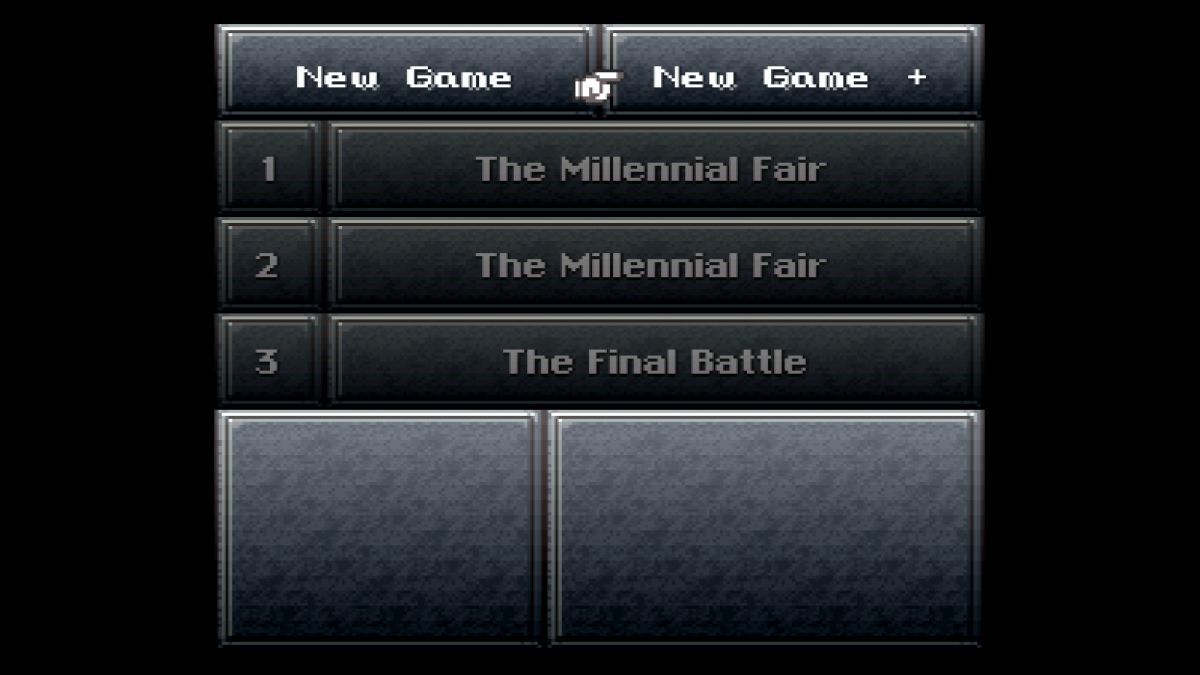
It’s important to understand this innovation in its context. Before we were awash in too many games to count or those indefinitely expanding with new content, most of us were replaying relatively short single-player games regularly. RPGs were a heavier lift, because they demanded so much of your time. Replaying an RPG wasn’t unheard of, but it was a commitment. Squaresoft cleverly found a simple way to remove the high time and commitment barrier and allow players to play RPGs over again easily.
Put simply, Square recognized that persistent progression is a major component in our enjoyment of RPGs. Unlike a game like Super Mario World, which is primarily about playing and testing platforming skills, RPG players form close connections with their parties and builds, from their chosen skills to equipment to decisions and relationships. Shaking the Etch-a-Sketch clean just feels different for an RPG, and while it can certainly be enjoyable to start an RPG over with a completely fresh slate, it can be even more satisfying to keep your powerful characters intact and breeze through encounters that previously gave you some trouble.
Chrono Trigger was an especially great testing ground for this novel concept. The time-traveling RPG famously sported multiple endings. These were based primarily on your decision of when and how to confront Lavos, an ancient evil that laid in wait, infesting the world for millions of years before ushering in doomsday in the distant future. To even attempt to take on Lavos early would require a party advanced well past the point that would be realistic for players to have early in the game. Jumping throughout time and experimenting with engaging Lavos at different points was both a plot payoff and only functionally possible through New Game Plus.
The multiple endings were a major draw meant to support multiple playthroughs, as many of them gave you a better understanding of the world and its events, the unfortunate consequences of action or inaction, and the many ultimate destinies of its cast. Some characters’ fates were immutable no matter what you did. Others could be changed in small ways that impacted their lives. Still others could have major ramifications on the world. Seeing all of these timelines intertwined and in communication with each other makes the whole experience richer and more textured. The New Game Plus feature was an important tool, making it hassle-free to keep experimenting and discovering new possibilities.
On a metatextual level, the time-traveling conceit implied, even if it did not overtly recognize, the idea of cyclical patterns. Perhaps the new Crono whose mom woke him up to meet his friend at the Millennial Fair really had lived a thousand lives before and become a powerful warrior ready to defeat a world-ending alien. It makes a certain degree of intuitive sense even if the story doesn’t directly call attention to it.
And like the best platforming games, the flexibility of the system allowed players to invent their own fun. The heady summer I spent replaying Chrono Trigger, I set the goal to keep replaying until I had a full array of Prism armor for every character–an extremely powerful and limited item that can only be obtained once per playthrough. Achieving that goal may not have been necessary, but it felt uniquely satisfying in a way that was only made possible by New Game Plus.
While Chrono Trigger deserves plaudits as the game to coin and popularize New Game Plus as a mechanic, it has also retained its title as one of the best examples of it, even decades later. Many games have been content to offer the option to replay with your gear intact, but Chrono Trigger had the vision to weave it into the narrative and make it an integral part of the experience. Playing it two or more times isn’t an optional nice-to-have; it’s core to the designers’ intent.
Chrono Trigger is an impeccably designed RPG in many ways, from the lovable characters and beautiful art design to its stirring score. It certainly deserves to be remembered for all of those reasons and more. But perhaps the reason it stands out in the collective memories of so many RPG fans of my generation is because it was the first game of its kind to invite us to experience all of those elements over and over again, strengthening our memories and creating new ones every time.


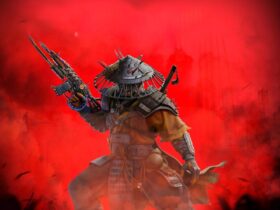
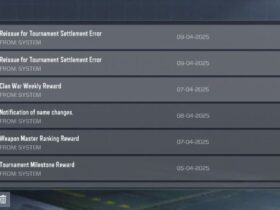





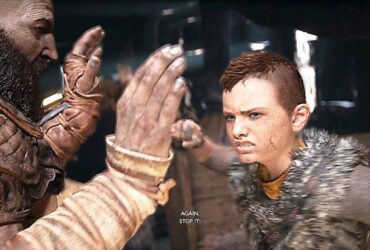
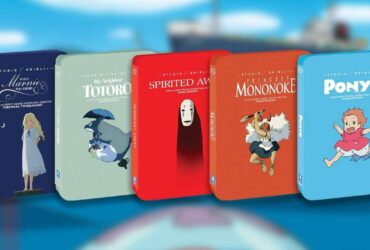
Leave a Reply